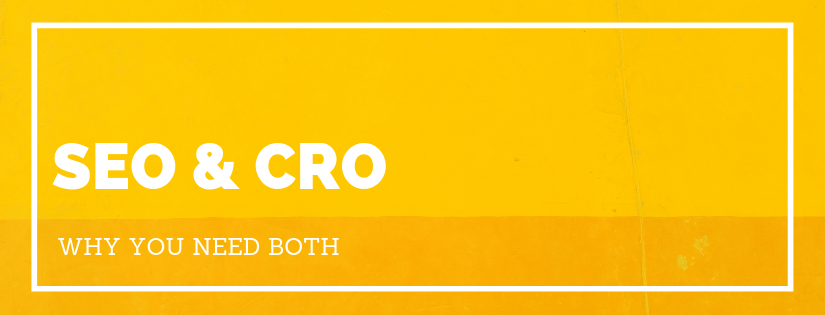Let’s start by explaining what SEO and CRO are, then we’ll dig into why you need them!
What is SEO?
SEO stands for Search Engine Optimization. SEO is the act of making improvements to your website in an attempt to increase your ranking on search engines.
Here is how Google defines SEO:

What is CRO?
CRO stands for Conversion Rate Optimization. It is sometimes referred to as Conversion Optimization. CRO is the act of improving pages and systems on your website to enhance the user experience and increase conversions.
So, now that we understand what SEO and CRO are, why do you need both?
Why SEO and CRO Work Best Together
If your SEO efforts are successful, you’ll get more traffic. And traffic with no conversions is useless.
Likewise, if your CRO efforts are successful your landing pages will be intelligent and beautiful. And a beautiful landing page with no traffic is useless.
SEO is the acquisition method you leverage to get more traffic to your website. Once you have the traffic, you leverage CRO to make sure that traffic converts. These two pieces create the funnel you want users to flow through.
CRO Leads to Long-Term SEO Success
Focusing on Conversion Rate Optimization can benefit SEO because they ultimately have the same goal. CRO can be the key to long term SEO success.
The goal of search engines is to provide the best results for the user. The goal of CRO is to provide the best experience for the user on your website.
Focusing on CRO allows you to align your efforts and goals with those of the search engines. That doesn’t mean you should ignore SEO, but instead be mindful that you aren’t optimizing for SEO at the expense of usability.
CRO and SEO Share Some Success Metrics
There are a few metrics to track that can improve both SEO and CRO.
Page Speed
Improving your page speed has been important for years. Especially on mobile devices. 53% of mobile site visitors leave a page that takes longer than 3 seconds to load. Improving page speed can help CRO by making it possible for users to navigate your site with ease.
Page speed has also been one of the many factors used to calculate search engine rankings for years.
Bounce Rate
The other shared metric is Bounce Rate. If a user bounces, that means they saw the website and immediately realized it wasn’t a good fit. You want your target audience to understand how you can relieve their pain or support their needs within 5 seconds. Clarifying the benefit on your landing page helps CRO while reducing bounce rate.
Reducing Bounce Rate can help increase SEO by reducing what is referred to as pogosticking. Pogosticking occurs when a user visits your website from a search engine result, then goes right back to the search and clicks on another listing. This effect creates a higher bounce rate, and can also negatively impact SEO.
A continuous focus on SEO is great. Improving your CRO is fantastic as well. But consciously focusing on both SEO and CRO will allow you to multiply the value you receive from either effort.
Do you prioritize SEO over CRO or vice versa? Let us know in the comments!
